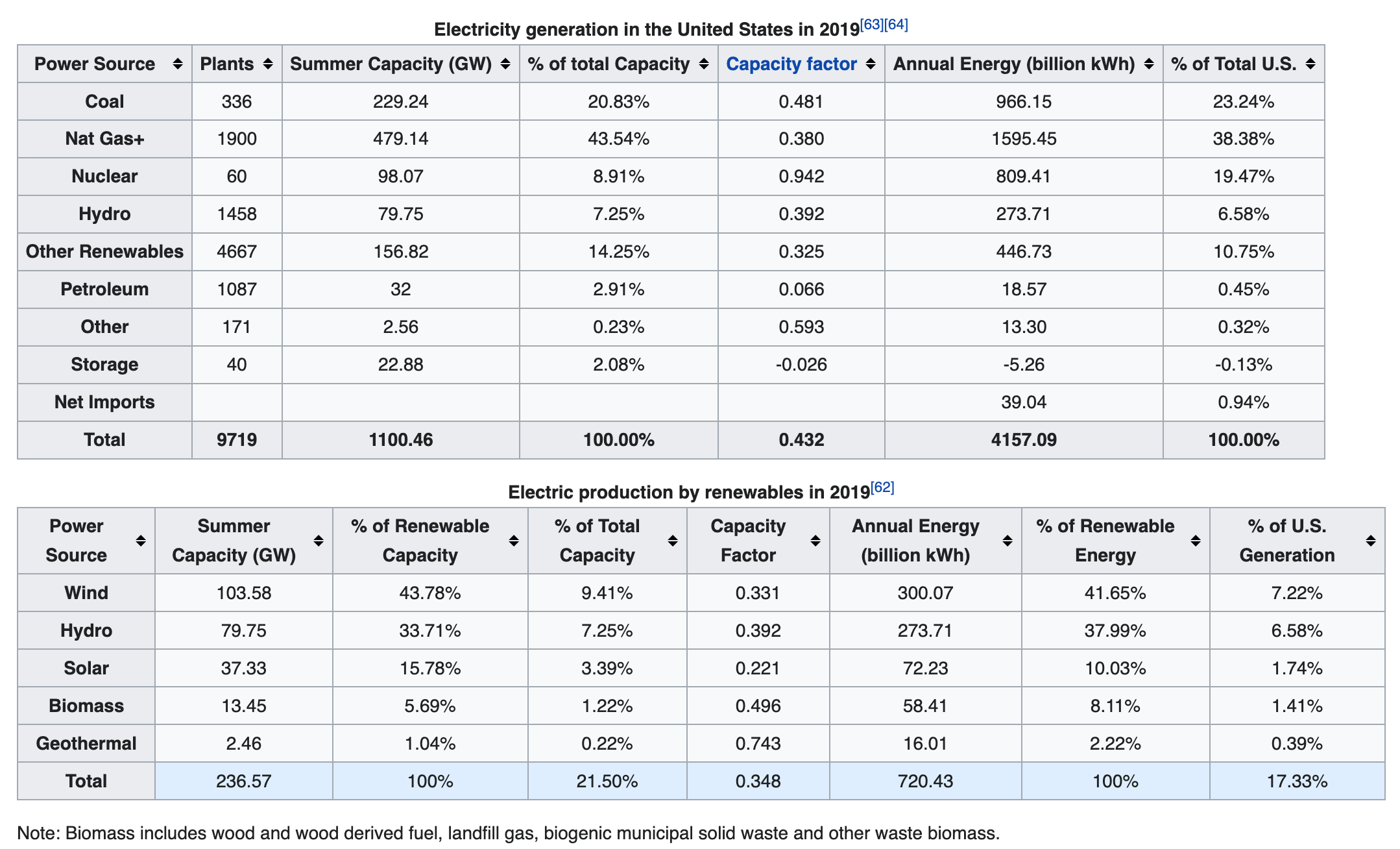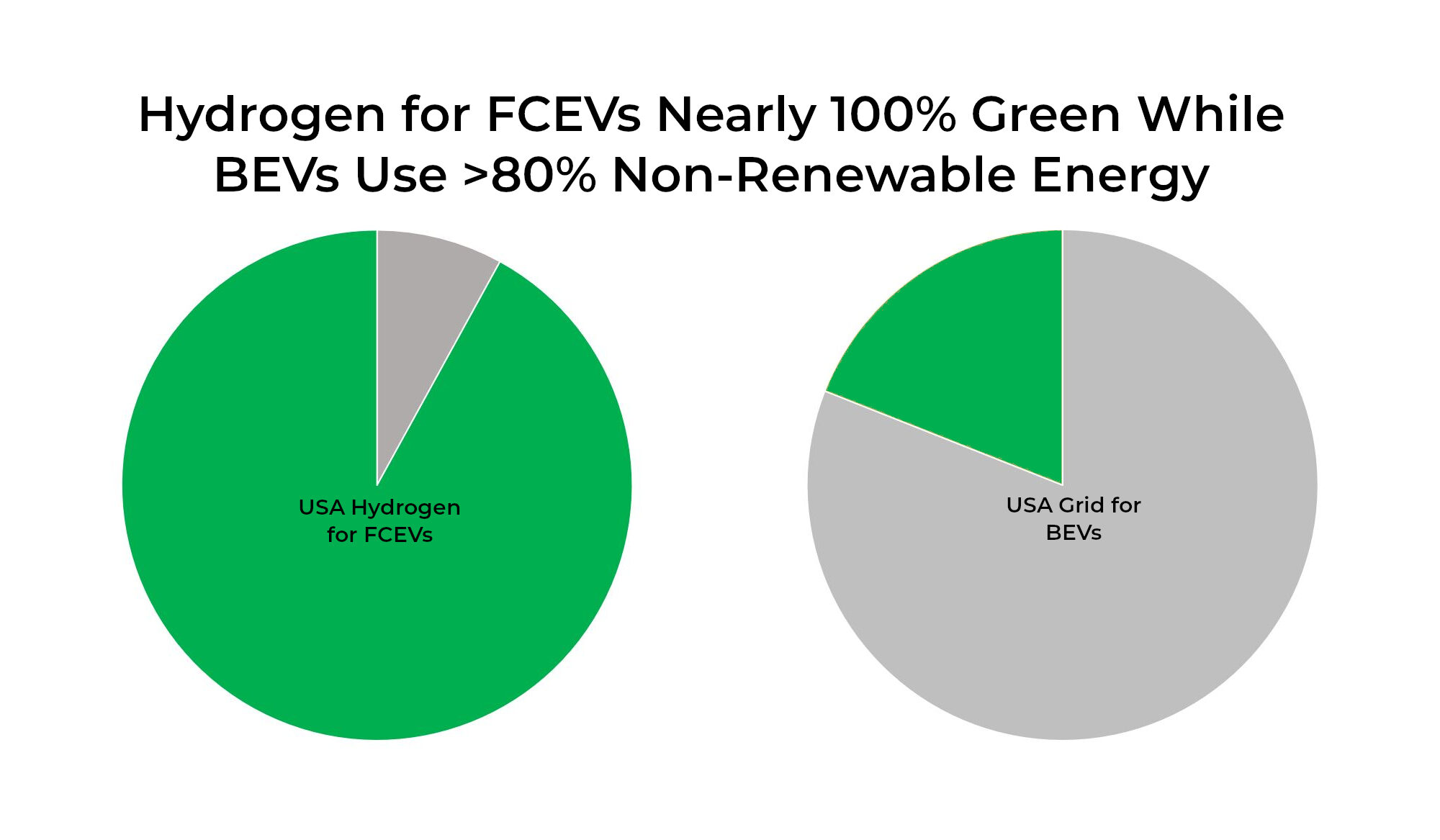The false narrative about hydrogen for FCEVs is officially dead. Air Liquide opened their North Las Vegas renewable hydrogen liquefaction plant this month to provide green hydrogen to California FCEV drivers. Air Liquide’s $250 million investment is purpose built to supply green hydrogen to the California FCEV market for both cars & big class 8 trucks. The plant will make 30 tons per day of green hydrogen that will be liquified and shipped by truck to First Element Fuel’s generation 2 hydrogen refueling stations under the True Zero brand.
This is a huge milestone for hydrogen refueling in the USA. By law a minimum of 33% of hydrogen in California has been required to be green and there were already a few 100% green hydrogen fueling stations. But now, with 30 tons per day of green hydrogen available for California drivers, there’s enough for up to 40,000 FCEVs from just this one plant. Currently there are about 12,000 FCEVs on California roads. This means almost overnight since the Air Liquide plant came online, all hydrogen for California FCEVs is green with room for more green growth. It is safe to estimate that more than 90% of hydrogen for California FCEV drivers will now come from green hydrogen and that percentage will increase as more vehicles get sold or leased to California drivers.
This is a huge turn of events because for many years BEVangelists & hydrogen haters have criticized hydrogen as coming from fossil fuels by repeating misleading information. It’s true for over 100 years most hydrogen has been made from fossil fuels primarily for the oil industry and to make fertilizer. But what is completely misleading is that legacy hydrogen production has nothing to do with hydrogen’s green potential which we can now boast, demonstrate, and call attention to. It is very disingenuous to mislead people into thinking hydrogen for FCEVs is less green than electricity when over 80% of electricity for charging BEVs in the USA comes from non-renewable resources. Oh my how the tables have turned in just this past month (May 2022). Now there is a stark divide between which fuel is greener, FCEVs use >90% green hydrogen and BEVs charge with >80% non-renewable fuels.
The hard truth is that as of this day forward hydrogen has a huge lead over BEVs in terms of green credentials. While approx. 90% or more of hydrogen for FCEVs comes from renewable energy, less than 20% of electricity from the US grid comes from renewable energy. In fact, over 60% of BEV charging comes from fossil fuels alone(see EIA table below).

The bottom line is this: more than 90% of hydrogen for FCEVs comes from renewable resources. More than 80% of electricity for charging BEVs comes from non-renewable resources. Furthermore, there is not a single off-grid charger powered by solar or wind in the world as promised by Elon Musk five years ago. We have no way to know when anyone will be able to show us how BEV charging can come from renewable energy. Not. One. Single. Renewable. Supercharger. Five. Years. Later. Full stop.
All Superchargers are being converted to solar/battery power. Over time, almost all will disconnect from the electricity grid.
— Elon Musk (@elonmusk) June 9, 2017
Here is the question for BEVangelists: when will you be able to demonstrate that BEVs can be charged from renewable off-grid energy? For example, after a hurricane when the grid is down and transportation is a life or death matter, how can you charge ambulances & fire trucks without diesel generators? It’s a rhetorical question, it can’t be done. Hydrogen haters can call us names, but they can’t prove us wrong. I’ll take that advantage any day of the week.
Here’s the good news for lithium-ion batteries: they can be charged from renewable hydrogen instead of coal, natural gas, and diesel generators. All you have to do, is admit you have been wrong the whole time and say you’re sorry. The hydrogen economy has room for forgiveness.



